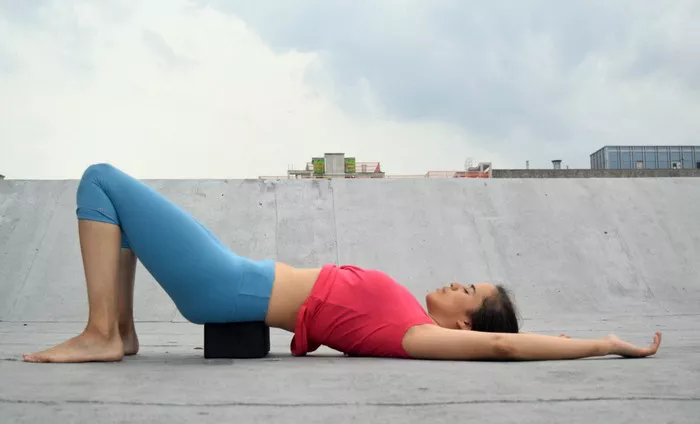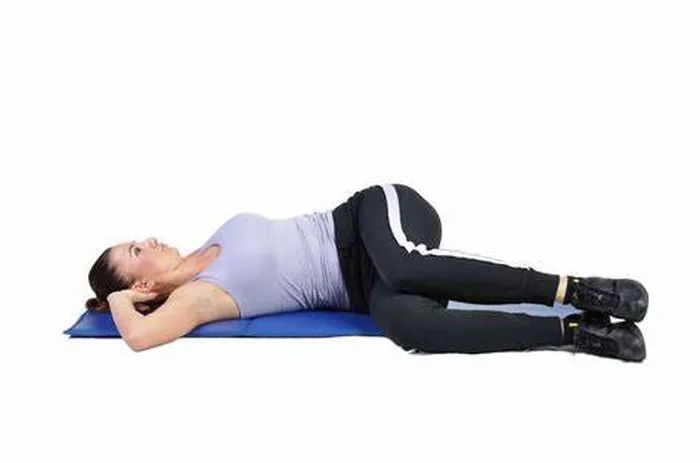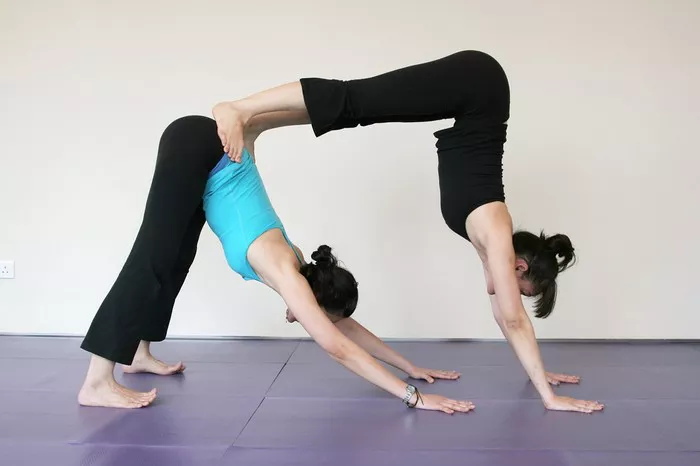Yoga, an ancient practice that integrates mind, body, and spirit, has become widely recognized for its numerous health benefits. Pranayama, the practice of controlled breathing, is a crucial component of yoga. It involves various breathing techniques that help regulate the breath, which in turn influences mental, physical, and emotional health. Among its many benefits, pranayama is especially effective in enhancing brain function, improving concentration, reducing stress, and fostering mental clarity.
As our modern lives grow increasingly fast-paced, filled with stress, distractions, and a constant influx of information, nurturing brain health becomes essential. Whether you’re looking to reduce anxiety, boost cognitive function, or simply enhance mental focus, pranayama offers an accessible and natural solution. In this article, we will explore some of the most effective pranayama techniques for the brain, discussing their mechanisms, benefits, and how you can incorporate them into your daily practice.
Understanding Pranayama and Its Impact on the Brain
Before diving into the specific pranayama techniques, it’s important to understand the fundamental relationship between the breath and the brain. The word “pranayama” comes from the Sanskrit words “prana,” meaning life force or vital energy, and “ayama,” meaning control or extension. Thus, pranayama refers to the control or regulation of the breath to influence the flow of prana within the body.
The breath is directly linked to the autonomic nervous system, which governs involuntary bodily functions such as heart rate, digestion, and, importantly, brain function. Through pranayama, practitioners can influence this system, fostering states of relaxation, focus, and heightened mental clarity. By learning to control the breath, we can activate the parasympathetic nervous system, which promotes calmness and reduces stress hormones like cortisol. Additionally, pranayama enhances oxygen supply to the brain, which improves cognitive function and mental sharpness.
The Role of Oxygen in Brain Health
Oxygen plays a critical role in the brain’s function. Our brains consume about 20% of the body’s oxygen supply, and oxygenation is essential for maintaining brain health. When the brain receives adequate oxygen, it supports memory, concentration, and cognitive function. On the other hand, insufficient oxygen can lead to mental fatigue, anxiety, and difficulty focusing.
Pranayama helps optimize the flow of oxygen to the brain, which nourishes the brain cells, stimulates mental clarity, and improves overall cognitive function. By practicing specific pranayama techniques, individuals can boost their brain’s oxygenation, enhancing focus and productivity while reducing the mental fog that often comes with stress and fatigue.
Top Pranayama Techniques for Brain Health
There are numerous pranayama techniques that can benefit the brain, each with its own unique effect. Below, we will explore some of the most effective methods and their specific benefits for brain health.
1. Anulom Vilom (Nadi Shodhana) – Alternate Nostril Breathing
Anulom Vilom, also known as Nadi Shodhana, is one of the most popular and effective pranayama techniques for mental clarity and brain health. It involves alternating nostril breathing, which helps balance the flow of energy through the left and right sides of the brain. This practice calms the mind, reduces stress, and enhances cognitive function.
Technique:
- Sit in a comfortable seated position with your spine erect and shoulders relaxed.
- Close your right nostril using your right thumb and inhale deeply through the left nostril.
- Close your left nostril using your right ring finger and release your right nostril.
- Exhale slowly through the right nostril.
- Inhale through the right nostril, close it, and exhale through the left nostril.
- This completes one round. Repeat for 5-10 rounds, focusing on your breath and maintaining a smooth, slow rhythm.
Benefits for the Brain:
- Improves oxygen flow to the brain, enhancing concentration and focus.
- Reduces anxiety and stress by activating the parasympathetic nervous system.
- Helps balance the left and right hemispheres of the brain, improving emotional stability and cognitive function.
- Promotes mental clarity and calmness, which can enhance decision-making and memory.
2. Bhastrika – Bellows Breath
Bhastrika, or Bellows Breath, is a dynamic and energizing pranayama technique. It involves forceful inhalations and exhalations, mimicking the action of a bellows used to stoke a fire. This technique rapidly increases the flow of oxygen to the brain and can help clear mental fog, improve alertness, and reduce fatigue.
Technique:
- Sit in a comfortable position with your spine straight.
- Begin by taking a deep inhale, then exhale forcefully and quickly through your nose. Follow with a powerful inhale.
- Continue this rhythm of rapid inhalations and exhalations for 10-20 breaths.
- After completing the rapid breathing, return to normal breathing and sit quietly for a few moments to allow the effects to settle.
Benefits for the Brain:
- Increases oxygen supply to the brain, boosting mental clarity and alertness.
- Stimulates the nervous system, improving concentration and focus.
- Reduces stress and mental fatigue, helping to combat feelings of exhaustion.
- Promotes overall mental vitality and can aid in overcoming brain fog.
3. Ujjayi – Victorious Breath
Ujjayi, often referred to as Victorious Breath, is a soothing and calming pranayama technique. It is characterized by the sound of the breath, which resembles the gentle hiss of ocean waves. Ujjayi helps to quiet the mind, improve concentration, and increase mental focus. It also helps regulate the flow of oxygen to the brain, supporting overall cognitive function.
Technique:
- Sit comfortably with your spine erect and your eyes closed.
- Inhale deeply through your nose, creating a slight constriction in the back of your throat (like you’re fogging up a mirror).
- Exhale slowly through the nose with the same constriction, creating a soft, ocean-like sound.
- Continue this pattern for several rounds, focusing on the sound of the breath and the sensations in your body.
Benefits for the Brain:
- Improves mental clarity and focus by calming the nervous system.
- Helps reduce anxiety, stress, and mental tension, allowing for better concentration.
- Increases blood flow to the brain, supporting overall brain health.
- Encourages mindfulness and present-moment awareness, fostering mental well-being.
4. Kapalbhati – Skull Shining Breath
Kapalbhati, or Skull Shining Breath, is an invigorating pranayama technique that involves forceful exhalations followed by passive inhalations. This technique increases oxygen flow to the brain, clears mental blockages, and can improve cognitive function. It also helps cleanse the body and mind, promoting a sense of clarity and alertness.
Technique:
- Sit comfortably with your spine straight and shoulders relaxed.
- Begin by exhaling forcefully through the nose, pulling the belly button inward with each exhalation.
- Allow the inhalation to happen passively, without force.
- Continue this rapid exhalation for 20-30 rounds, then take a few deep breaths to relax.
Benefits for the Brain:
- Clears mental fog and increases mental clarity.
- Stimulates the brain, improving memory and cognitive function.
- Improves oxygenation of the brain, which enhances focus and concentration.
- Reduces stress and promotes a sense of mental rejuvenation.
5. Sheetali and Sheetkari – Cooling Breaths
Sheetali and Sheetkari are cooling pranayama techniques that help calm the mind and body, making them excellent choices for stress relief and mental relaxation. These techniques involve inhaling through the mouth (Sheetali) or the teeth (Sheetkari), both of which help to cool the system and promote mental clarity.
Technique (Sheetali):
- Sit in a comfortable position and relax.
- Roll your tongue into a tube and inhale deeply through the mouth.
- Close your mouth and exhale through the nose.
- Repeat this cycle for several rounds.
Technique (Sheetkari):
- Sit comfortably and relax.
- Place your tongue against the roof of your mouth, with your teeth slightly apart.
- Inhale through the teeth, creating a hissing sound.
- Close your mouth and exhale through the nose.
- Continue for several rounds.
Benefits for the Brain:
- Calms the mind, reducing stress and anxiety.
- Enhances mental clarity by reducing mental heat and agitation.
- Promotes relaxation, which can help with better focus and decision-making.
- Helps balance the nervous system, promoting emotional stability.
Conclusion
The power of pranayama to improve brain health and function cannot be overstated. By incorporating regular pranayama practices into your routine, you can experience improved cognitive function, enhanced concentration, reduced stress, and a greater sense of mental well-being. Among the various pranayama techniques, Anulom Vilom and Bhastrika stand out as particularly effective for promoting mental clarity and boosting brain function.
Each pranayama technique offers unique benefits, and by experimenting with different practices, you can discover which one works best for you. It’s important to approach pranayama with patience and consistency, as the benefits accumulate over time. Whether you’re looking to enhance your focus, reduce anxiety, or improve your overall mental health, pranayama provides a simple yet profound tool to optimize brain function and promote inner peace.
As you continue your yoga journey, remember that pranayama is a gateway not just to better physical health, but to mental clarity and emotional balance. Through the power of the breath, you can cultivate a sharp, calm, and focused mind, helping you navigate life’s challenges with grace and composure.
Related Topics:

























